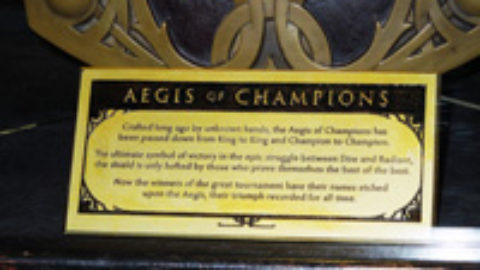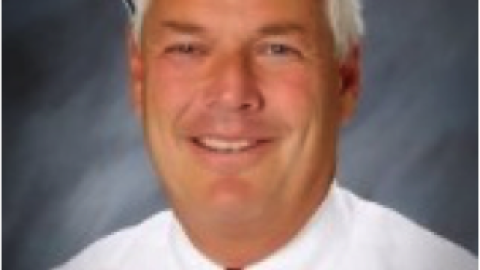My pal, Dave, and I were riding through northern California in August – a time when there were over 70 wildfires ablaze, the majority in northwestern corner. We rode through smoke for 3 hours. Toward the end of the day we passed by the rural county fair grounds that served as base camp for all the crews engaged in fighting these fires.
 I am always curious, so we stopped and searched out Battalion Chief Mike Smith. He was 600 miles from home at a base camp for fire crews from multiple states (as far away as Connecticut). There were four hundred firefighters stationed there, including some inmates from the prison system. Crews were on the fire lines scores of miles from the fair grounds, and Chief Smith was more than generous with his time.
I am always curious, so we stopped and searched out Battalion Chief Mike Smith. He was 600 miles from home at a base camp for fire crews from multiple states (as far away as Connecticut). There were four hundred firefighters stationed there, including some inmates from the prison system. Crews were on the fire lines scores of miles from the fair grounds, and Chief Smith was more than generous with his time.
Many leaders who are not in the real firefighting business are really in the persistent “fire-fighting business.” Here are a few characteristics of high performance leaders that are pertinent to both literal and figurative fire fighting.
1. Provide clear, consistent guiding principles that are persistently re-enforced. These are essential to making the right decisions when it’s hot. Frequently, there are more fires to fight than people to fight them – resource allocation is an issue. Protecting human life (citizens and firefighters) is always the top priority.
- What are the common fires you fight in your leadership role?
- What are the top guiding principles, that are understood by the team and guide good decisions when an “emergency” is being addressed?
2. Relationships you can count upon are built before the fire. The fire crews and equipment that had come from around the country to help with the California fires impressed us. There are long established mutual aid commitments in the world of emergency services. Some work better than others. Fire service executives know whom they can depend on. Those relationships are human associations built on trust by mutual commitment to the profession.
- What are you doing now to build and maintain the relationships (internal and external) that will cause the right people to show up when they are badly needed?
3. Anticipate barriers and conflicting priorities as contingencies/realities for attention in planning and real time. We were in the bar that evening enjoying some of Scotland’s finest and struck up a conversation with a wildlife biologist who had just arrived from Colorado. This was an interesting coincidence in that Mike had told us about the challenge of fighting fires in certain areas where equipment and other firefighting techniques cannot be used for environmental reasons. The biologist was there to evaluate the impact on animals and habitat in these protected areas. As in business, variables, conflicting priorities, and their related tensions are daily reality for leaders.
Some business leaders get great satisfaction in being the go-to person for fighting the business, manufacturing, or technology ‘fire’ of the day. The bulldozer might be the right approach in some situations. At other times the collateral damage is too great. This is true in both real fires and business fire fighting.
If you are a fire fighter in your business:
- What do you do to anticipate and minimize collateral damage from your approach?
- What are you doing to ensure that the post-fire mop-up includes preventing a reoccurrence of that fire?






